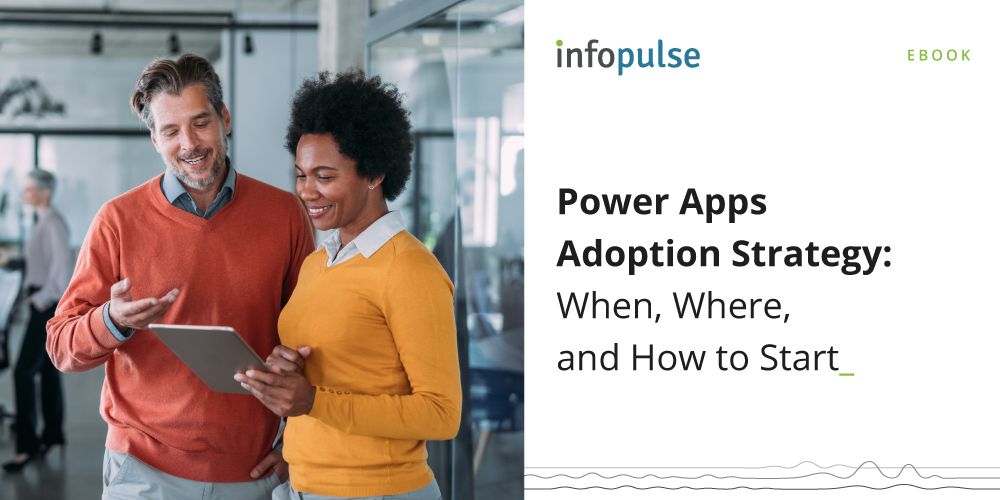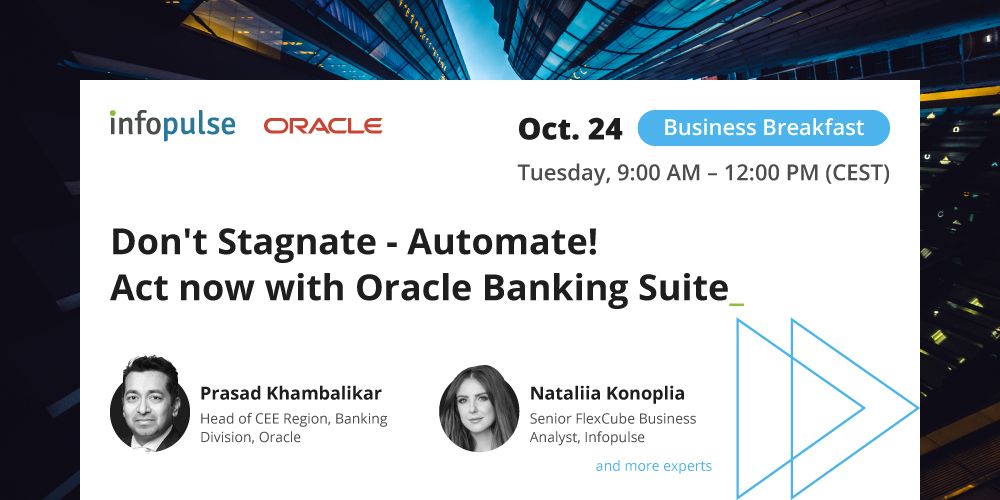Mastering FinOps: cloud cost optimization essentials

In the face of rising cloud costs, organizations worldwide feel a pressing need for effective solutions to rein in expenses. Especially with the all-time high cloud waste, which currently sits at around 32%. This financial dilemma has prompted organizations to prioritize cloud cost savings for the sixth consecutive year.
To address this quandary, businesses are turning to a new FinOps approach. A combination of “Finance” and “DevOps” , FinOps is a unique framework designed to improve the financial performance of an enterprise’s cloud computing infrastructure. Going beyond traditional cost management, FinOps aims to establish collective responsibility across IT, Dev-Ops, and other cross-functional teams.
In pursuit of its goals, FinOps focuses on:
- Effective management of cloud costs.
- Maximization of resource utilization.
- Alignment of cloud expenditure with specific business needs.
- Wise budget management and financial optimization.
- Continuous improvement of financial workflows based on lessons learned.
- Enhanced decision-making capabilities.
All these contribute to driving greater business value through informed trade-offs between cost, speed, and quality.
Key FinOps principles
Developed by FinOps Foundation members, the principles of FinOps create a culture of shared accountability and transparency. Initially centered around AWS, these principles now extend to multiple vendors, adapting to the continuous evolution of cloud services.
Harmony through collaboration: FinOps places close, real-time collaboration at its core. With a unified focus on cost optimality across departments such as Finance, IT, product development, marketing, and business, FinOps seeks to drive efficiency, innovation, and continuous improvement.
Business-centric decision making: FinOps transcends mere cost management – it’s about harnessing the cloud to elevate business value. Factors contributing to this elevation include fast resource provisioning, innovation through cloud capabilities, leveraging value-based metrics to showcase business impact, and striking a delicate balance between cost, quality, and speed in decision-making .
Universal accountability: central to FinOps is the idea that technical teams must assume full responsibility for cloud resource usage and optimization. Cost becomes one of the primary efficiency metrics for the software development lifecycle, shaping every stage from architecture design to ongoing operations.
Accessible reporting: beyond creating and monitoring real-time FinOps reports, the FinOps team is tasked with providing consistent visibility into cloud expenditures across all organizational levels. This proactive sharing of FinOps data prompts swift decision-making and accurate forecasting.
Centralized control: all cloud cost management practices need to be controlled from one single place to ensure consistency, automation, and good rate negotiations. Getting support from executives with implementation of FinOps and adopting a shared accountability model are important parts of this concept.
Variable cost model: continuous monitoring of resource expenditures, coupled with timely adjustments in cloud usage, is essential to align costs with budgets. Optimization practices, such as purchasing reserved instances, rightsizing resources, and powering down idle resources, contribute to financial agility.
FinOps lifecycle: three basic phases
As you move through FinOps, you’ll go through three main phases – Inform, Optimize, and Operate. Here, we’ll look closely at each phase and the actions that go with them.
- Inform phase: A clear view of cloud usage and costs leads to informed decisions on resource allocation, benchmarking, budgeting, and forecasting. This phase involves data analysis, dividing costs, comparing performance, predicting spending, and reporting financial metrics. The outcome is a range of benefits, such as increased accountability, reduced unexpected costs, optimized cloud ROI, pinpointing areas for improvement, and showcasing the cloud’s value to stakeholders.
- Optimize phase: In this phase, we focus on improving usage efficiency through various practices like enforcing cost optimization policies, analyzing resource usage, and implementing rightsizing. We also create savings plans, optimize contracts through negotiations, conduct cost-benefit analyses, and experiment with new cloud services, all while leveraging AI for anomaly detection. In the end, this phase provides valuable insights to eliminate cloud waste.
- Operate phase: The Operate phase is where you put the insights from the previous step into action. Try to automate this process, so that cost optimization measures are performed flawlessly and repeatedly. Track cloud outcomes, establish a FinOps culture, send regular cost reports, adjust budget plans, and train teams for swift implementation. This action-oriented phase speeds up decision-making on cloud impacts, enhancing strategic spending for continuous business improvement.
How to get started with FinOps?
To seamlessly integrate the FinOps culture into your organization, consider the Crawl-Walk-Run maturity approach. It offers organizations a structured and purpose-driven pathway for FinOps implementation, ensuring a gradual and tailored progression aligned with specific goals.
This six-stage model levels up from informal awareness to continuous innovation:
- Stage 1: Informal. Understanding the need for cloud financial management visibility.
- Stage 2: Foundational. Adopting basic cost management practices like budget planning and usage monitoring.
- Stage 3: Operational. Implementing a robust cost management strategy, adopting effective tools, and defining responsibilities.
- Stage 4: Scalable. Achieving cost management automation and establishing a FinOps culture.
- Stage 5: Strategic. Attaining full financial optimization maturity with predictive analytics and cost modeling tools.
- Stage 6: Innovative. Continuously innovating and optimizing processes even after financial optimization excellence is achieved.
In conclusion
Putting FinOps into action requires constant dedication and careful preparation. As organizations consider FinOps adoption, they enter a realm where financial efficiency is just the beginning.
Beyond numbers, FinOps weaves agility, performance, and responsibility into cloud operations, propelling continuous improvement and adaptability. Therefore, it’s an investment in the resilience and excellence of the entire organizational framework.
This article comes from magazine:
FOCUS ON Business #15 marzec-kwiecień (2/2024)
 Check the issue
Check the issue








